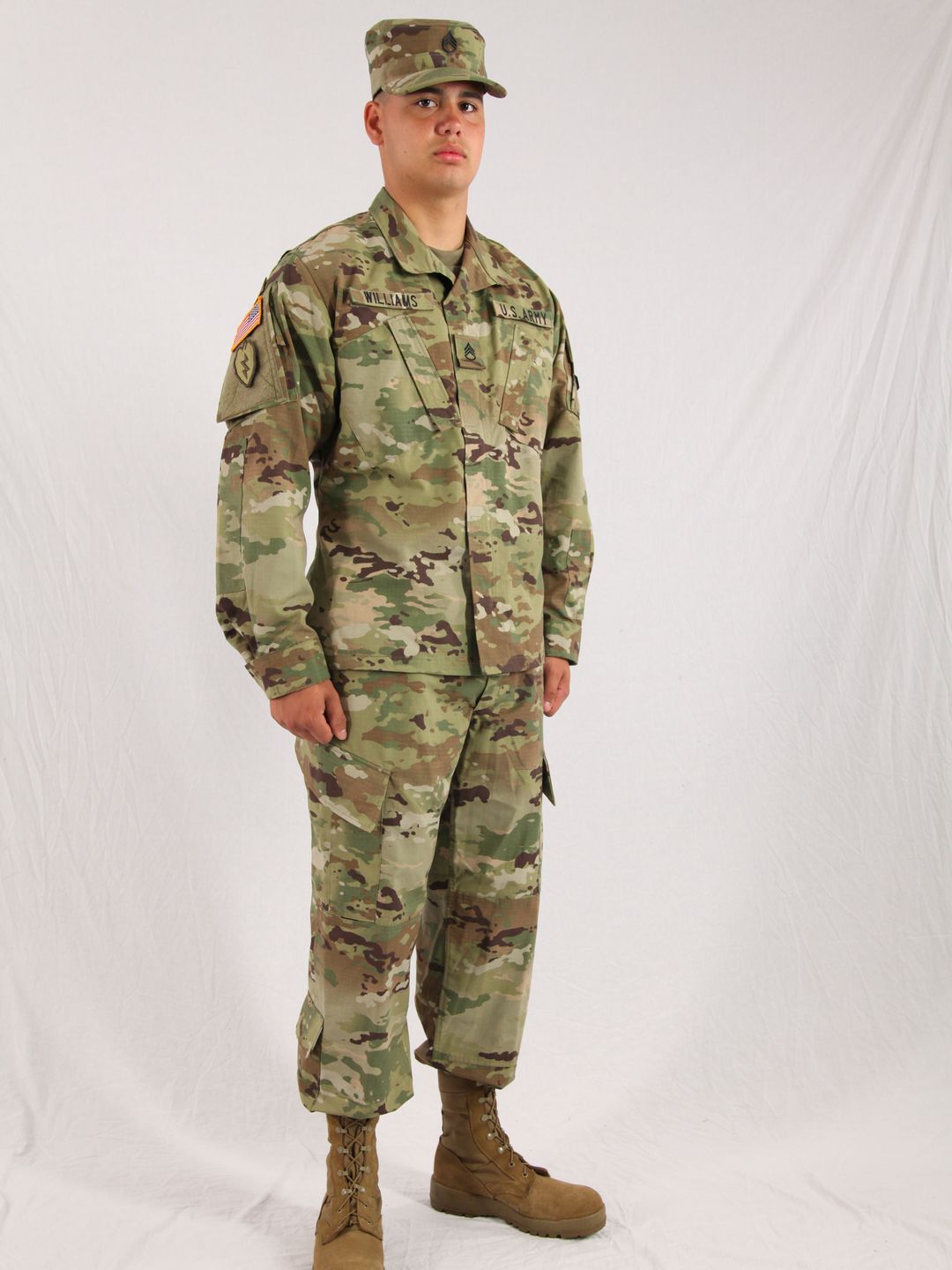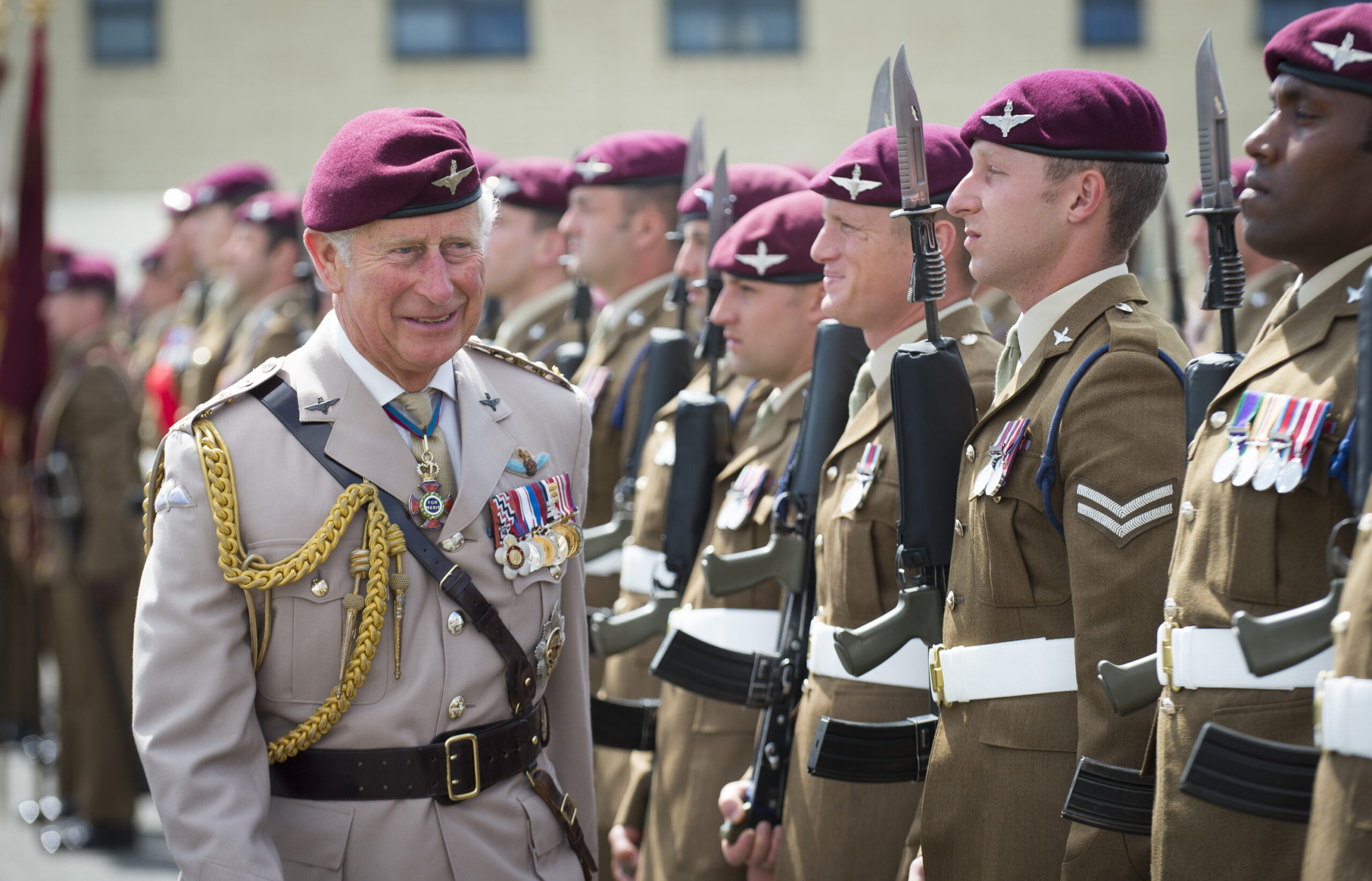French Military Uniforms: A Fascinating Journey Through History

Welcome to Military Uniforms Worldwide! In this article, we delve into the history of military uniforms in France, exploring their evolution, influences, and distinctive features. From the Napoleonic era to contemporary designs, join us on a journey through French military style.
The Evolution of French Military Uniforms
1. The Origins of French Military Uniforms
French military uniforms have a rich history that dates back several centuries. They were influenced by various factors such as fashion trends, political changes, and military needs. The origins of French military uniforms can be traced back to the reign of Louis XIV in the 17th century, when he created the first permanent French army. These early uniforms were characterized by bright colors, elaborate decorations, and distinct styles based on different branches of the army.
2. The Revolutionary Era and Napoleonic Wars
With the onset of the French Revolution in the late 18th century, military uniforms underwent significant changes. The revolutionary government aimed for equality and simplicity, leading to the adoption of plain blue coats for all soldiers. However, during the Napoleonic Wars, Napoleon Bonaparte reinstated more elaborate uniforms that symbolized military might and hierarchy. These uniforms featured bold colors, ornate details, and prestigious accessories, reflecting France's growing power and influence in Europe.
3. Modernization and Standardization
In the 19th and 20th centuries, French military uniforms evolved to prioritize functionality and practicality. The introduction of firearms and new military tactics necessitated lighter, more flexible uniforms. Additionally, as France transitioned from a monarchy to a republic, the uniform designs were standardized to create a sense of national identity and unity among soldiers. The characteristic features of modern French military uniforms include camouflage patterns, advanced protective gear, and standardized insignia for easy recognition and identification on the battlefield.
Questions asked by our uniform blog followers
What were the key influences on the development of French military uniforms throughout history?
The key influences on the development of French military uniforms throughout history include:
1. Regulatory Bodies: The establishment of regulatory bodies, such as the Ordinance Office in the 17th century, played a significant role in shaping French military uniforms. These bodies were responsible for creating and maintaining uniform standards, ensuring uniformity across different units and branches of the military.
2. Political and Social Changes: French military uniforms evolved in response to political and social changes. For example, during the French Revolution, the uniform design shifted towards simpler and more practical styles, reflecting the egalitarian ideals of the time. Similarly, during the Napoleonic era, uniforms were modified to project a sense of grandeur and power associated with Napoleon's empire.
3. Technological Advancements: Advances in textile manufacturing and production techniques influenced the development of French military uniforms. Introduction of new fabrics, such as wool and cotton blends, allowed for lighter and more durable uniforms. Additionally, innovations in dyeing processes enabled the production of uniforms in vibrant colors.
4. Foreign Influences: French military uniforms were also influenced by styles and traditions from other nations. For instance, the adoption of the red trousers in the 19th century was inspired by the Zouave units of North Africa. Similarly, during the colonial era, French uniforms incorporated elements from indigenous cultures in their overseas territories.
5. Military Tactics and Requirements: The changing nature of warfare and military tactics influenced the design of French military uniforms. For example, the transition from line infantry formations to more mobile units led to modifications in uniform design to prioritize comfort and freedom of movement.
6. National Identity: French military uniforms have often been seen as symbols of national identity. Designs were frequently influenced by historical and cultural references, incorporating elements such as national emblems, regional symbols, and historical military traditions. These factors contributed to the distinctive appearance of French military uniforms throughout history.
Overall, the development of French military uniforms was a complex process influenced by various factors, including regulation, politics, technology, foreign influences, tactical requirements, and the desire to project a distinct national identity.
How did French military uniforms change during the Napoleonic era?
During the Napoleonic era, French military uniforms underwent significant changes. Prior to Napoleon's rise to power, French military uniforms were largely influenced by the fashion of the Ancien Régime. However, under Napoleon's rule, an emphasis was placed on practicality and efficiency.
One of the most notable changes was the adoption of the iconic bicorne hat. This distinct headgear replaced the tricorne hat commonly worn during the 18th century. The bicorne was characterized by its distinctive shape, with two points at the front and back.
The introduction of the habit-veste was another significant change in French military dress. This uniform consisted of a long coat that resembled a civilian frock coat. It was worn by both officers and enlisted men, with variations in color and trim distinguishing the ranks.
Another important development was the standardization of colors and designs for different branches of the military. The French army introduced a system where each branch had specific colors and details on their uniforms. For example, infantrymen typically wore blue coats with white lapels and cuffs, while the cavalry had distinctive uniforms with specific features such as plumes and distinctive braiding.
Napoleon also introduced campaign dress uniforms that were more practical for active military operations. These uniforms often featured short jackets or coats, allowing for greater ease of movement.
Overall, the Napoleonic era brought about significant changes in French military uniforms. The focus shifted towards practicality, standardization, and distinctiveness between different branches of the military. The resulting uniforms were not only functional but also visually striking, reflecting the grandeur and power of the French Empire under Napoleon's leadership.
What were the main features and distinctions of French military uniforms during World War I?
During World War I, French military uniforms underwent some significant changes to adapt to the realities of modern warfare. One of the key features was the adoption of a new horizon blue color for the uniform. This shade of blue was chosen to provide better camouflage in the trenches and was a departure from the traditional bright red trousers and blue coats previously worn.
The French infantry uniform consisted of a jacket with four pockets, a standing collar, and epaulettes. The collar and cuffs were often lined with red or green, indicating the soldier's branch or regiment. The trousers were usually blue, but khaki-colored ones were also issued for combat in certain environments.
The headgear worn by French soldiers during World War I was the Adrian helmet. This helmet had a distinctive shape with a wide brim and a crest running from front to back. It was made of steel and provided much-needed protection against shrapnel and projectiles.
Another notable feature of French military uniforms during this period was the widespread use of puttees, which were strips of cloth wrapped around the lower leg for added support and protection. Puttees were commonly worn by French soldiers to prevent debris from entering their boots and to provide ankle support.
In terms of distinctions, French officers' uniforms often featured more ornate designs and decorations compared to those of enlisted soldiers. Officers typically wore double-breasted jackets with rows of buttons, while soldiers had single-breasted versions. Additionally, officers had their rank insignia displayed on their collar tabs and sleeves, whereas enlisted soldiers had chevrons on their sleeves to indicate their rank.
Overall, the French military uniforms during World War I demonstrated a shift towards practicality and functionality, while still maintaining a distinct style and identity.
In conclusion, the history of military uniforms in France is both fascinating and influential. From the flamboyant attire of the Napoleonic era to the practical and functional designs of the modern French Armed Forces, these uniforms have reflected not only the military's changing needs but also the country's cultural and political shifts throughout history.
The evolution of French military uniforms showcased an inherent sense of style and sophistication, with their distinctive features and intricate details capturing the attention of military enthusiasts and historians alike. Whether it was the iconic blue and red uniform of the Revolutionary period or the iconic képi worn by the French Foreign Legion, each era left its mark on the world of military fashion.
Furthermore, the development of military uniforms in France played a significant role in shaping the wider military fashion landscape. The influence of French designs can be seen in uniforms across the globe, with elements such as the tailored coats and brass buttons finding their way into other armed forces' dress codes.
Today, French military uniforms continue to showcase a balance between tradition and modernity, with a focus on functionality and adaptability. As France continues to play a vital role in global peacekeeping and security efforts, the evolution of their uniforms remains a testament to their military heritage and commitment to excellence.
In essence, the history of military uniforms in France serves as a timeless reminder of the country's rich military legacy and lasting impact on the world of military fashion. From their ornate beginnings to their contemporary adaptations, these uniforms tell a story of innovation, style, and the enduring spirit of the French armed forces.








